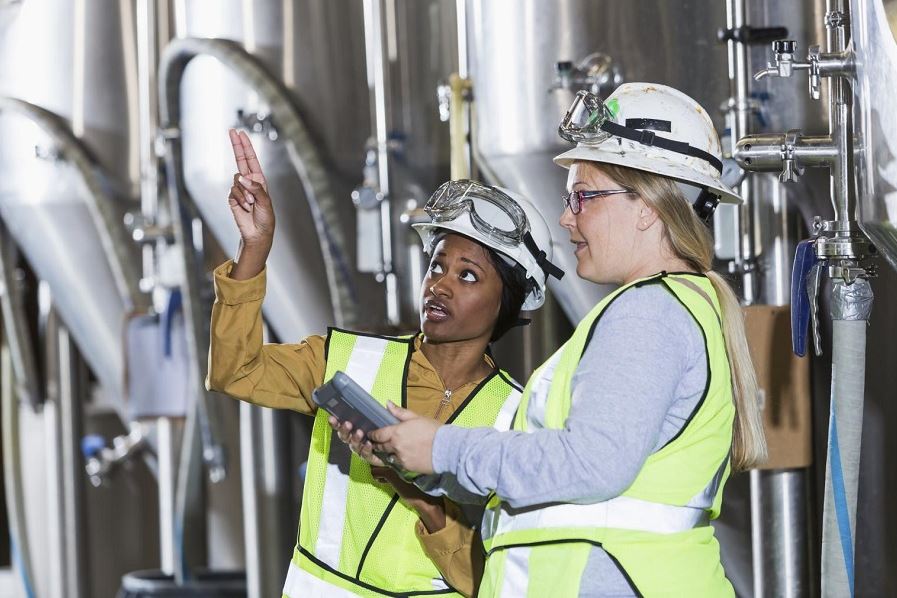How Production Plant Managers Can Make Their Workplace Safer For Employees

Production plants often have hundreds of workers who use various pieces of equipment. These facilities have the potential to be fraught with danger. Managers of the managers that run these plants can take the initiative to recognize potential hazards and remedy them as quickly as possible. They can also prepare workers for a variety of emergencies that could very possibly come up.

It is important to identify potential hazards in these aforementioned production plants. On a daily basis, managers should conduct a safety inspection of the facility. Even small issues such as a water puddle from workers with wet footwear should be identified in order to avoid accidents and injuries. Electrical, plumbing, and mechanical inspections should also be performed on a regular basis.
Boilers are a safe and efficient way to heat the air and water in your production plant. A boiler, like those from Nationwide Boiler, have a much higher heating capacity compared to electric furnaces. This works well for large warehouse settings. Boilers do not require air vents, which helps reduce the need of keeping air ducts clean in the facility. These sort of systems are also easy to maintain.
Production plant managers should ensure that all exits are clearly marked. Maps of the facility should be placed at entrances, restrooms, elevators, and in each room of the facility. These maps should show guests and workers how to evacuate the building. Other things, like tornado shelters should also be clearly marked on these maps. A “you are here” sticker helps viewers to identify which way to go based on their location.
Safety drills are also important in keeping everyone in the production plant safe. Fire drills should be performed on a quarterly basis. If the facility is located in a place that could get severe weather, tornado drills should be conducted during the springtime. Safety drills should also be performed for other potential hazards, such as a chemical spill, or an act of violence. Drills should be announced in advance. Employees shouldn’t be surprised by the drill, otherwise there could be complete mayhem in the facility and things could get much worse.
Many workplace hazards can be identified and fixed before they cause an accident or injury. It is managers that should always be looking for potential problems and ways to address them. Preventive measures can be enacted in order to keep workplaces as safe as possible, such as clearly marking the means of egress and ensuring that major systems such as boilers are in proper working condition for safety.
